
12 minute read
WHAT CAN BE DONE WITH HISTORICAL ARTEFACTS THAT CAUSE CONTROVERSY?
WRITTEN BY NATHAN L
In this essay I will explore if it is right to keep historical artefacts that honour horrific things done in the past. This will include slave trade statues, Genocide documents and Nazi artefacts. I find this a relevant topic because in June 2020 the statue of slave trader Edward Colston was toppled down. This resulted in controversy as to whether it was the right thing to do My main question for this essay is should we keep statues and other historical items that honour horrific things done in the past? Additionally, I have three sub questions which are:
Should we take down statues that reference the slave trade?
Should we destroy documents of genocides?
Should we destroy Nazi documents and artefacts?
I chose this topic because I am interested in what other people think should happen to these statues (should we remove them, keep them the same or recontextualize them?) and why and would removing them affect anything? I find this interesting because I believe these artefacts are wrong but do not believe that they should be destroyed. It is interesting to hear other opinions on this topic and their reasons for their decision. I chose to complete the EPQ because I thought it would be interesting to do as part of my schools’ academic scholars’ programme.
Is it right remove statues that reference the slave trade?
With the removal of the statue of Edward Colston in June 2020 by protesters, many have asked the question was it the right thing to do? These statues of people involved in the slave trade honour their actions of enslaving members of the African community. It could be argued that by keeping them in the community they encourage discrimination of African groups by creating the impression that what these people did in the slave trade was the right thing to do In today’s modern society we have realised the mistakes of these slave leaders like Edward Colston, but have kept these statues up This could allow for less educated individuals to think it is okay to be racist as these statues honour people involved in the slave trade With the removal of these statues, you would remove the encouragement of discrimination and make people feel more welcome However, only 14 3% of people (Should we keep statues and other historical artefacts that honour horrific thing done in the past? -2022) believed nothing should be done to the protestors who toppled the statue. One person said “They should be removed officially not by protestors” In reference to the statues Giving the impression that people believe that something should happen to these statues and not just be left in place The protestors are vandalising the statues and removing them illegally damaging property which does not belong to them and this is not right even if it is for a good cause This could result in further discrimination if it is only one group who is illegally removing these statues and so is best to be done so officially where the whole community can gather to watch the event However, as Joanna Birch Brown states in an article on “Should slavery statues be preserved?”
(Online library Wiley - Should slavery statues be preserved? On transitional heritage and contested justice) removing statues could be seen as an attempt of
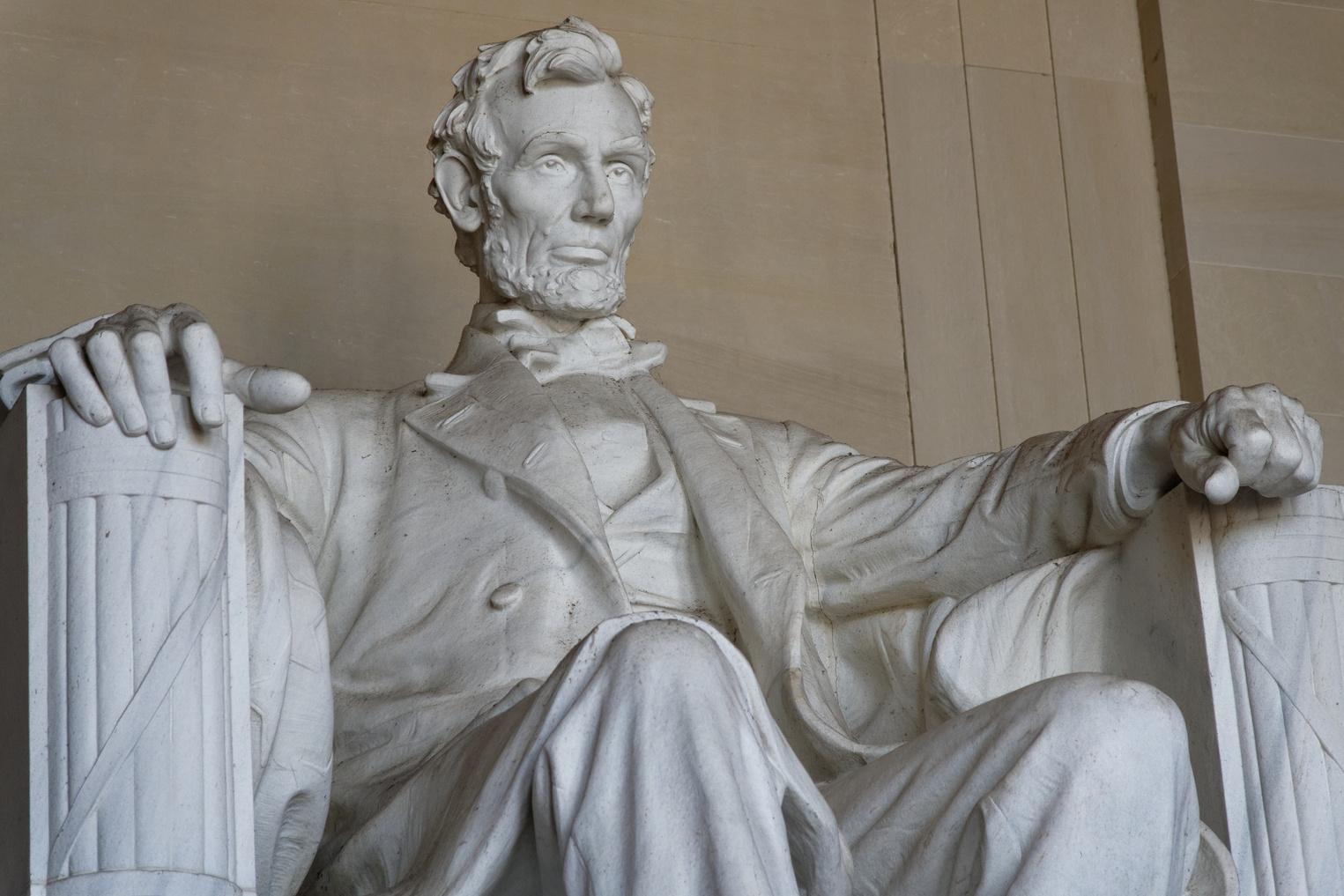
“institutions attempting to ‘ erase history’” and “If statues are perceived as representing larger groups removing statues may be read as attacks on the positive identity of those larger groups and a declaration of hostility”
Leading us to believe that by removing the statues from where they currently stand can cause problems within the community because by some it could be seen as attacks on certain groups or trying to cover a part of history So, although we can’t let these statues be, removal is not always the best option as it can create further unease because of the removal of statues could be seen as attacks on larger groups and be seen as an attempt to erase part of history which could lead the same mistakes being made again.
Recontextualising or removal which is the better option?
These statues could be recontextualised to fit today’s modern world We could make it so that these statues are praised because of how far we have come and how we have learned from our past mistakes This would allow all groups of people to feel welcome as we are making them symbols of historical change to show the progress we have made in our beliefs
Recontextualising is a challenge because most people are not going to visit a museum to see these statues and what is wrong about them or read a plaque that states what is wrong about these statues It is difficult to come to a way that educates the population about these past mistakes and still make people feel welcome by not having the statue be a key feature of the location with the context being changed
Although as Joanna Birch Brown states in an article on “Should slavery statues be preserved?” (Online library Wiley - Should slavery statues be preserved? On transitional heritage and contested justice)
“recontextualising may express a readiness to hold human rights violators accountable” and “far more people are familiar with Colston than with other Bristolians who played equally significant roles in slavery” due to this statue which allows people to know their wrongdoings and by recontextualising them it allows these events to not be forgotten but to be remembered as what not to do It shows although recontextualising is a positive thing it removes the message from the area about the mistakes that have been made in the past However, Joanna Birch Brown states in an article on “Should slavery statues be preserved?” (Online library Wiley - Should slavery statues be preserved? On transitional heritage and contested justice) later states
“Recontextualising will only support transitional justice if it is dramatic and prominent” and “The scale and form of statues make it difficult to re-signify” This means that because a person will see a statue before a plaque and a statue is difficult to re-signify people will remember the statue and not the new context and so nothing will change. Showing that recontextualising statues is hard to do because of the scale of them that it makes them difficult to re-signify More dramatic ways of recontextualising the statue can be seen as more harmful as even if people want to do good it is hard to get it to be viewed the way you want it to be viewed An alternative would be to raise the statues to eye level as to be seen as a normal citizen as suggested by Nathaniel Adam Tobias Coleman referenced in “Should slavery statues be preserved?”
(Online library Wiley - Should slavery statues be preserved? On transitional heritage and contested justice) “suggested that accountability would be served by keeping Colston’s statue in public space but off his pedestal to be met eye to eye, as equal citizens ” This would remove the feeling of the statue’s superiority to modern day people Removal is easier to achieve but can be seen as trying to hide from the past However, instead of recontextualising their slave trade items the Church of England is removing them. As stated by the Guardian (Guardian – Church to consider removing or altering slavery monuments) “ we want a place that everybody feels welcome” and so are removing monuments like the glass in Bristol cathedral that depicts Edward Colston Showing how people are is favour of removing these statues even if it can be seen as trying to erase history as the church is trying to make everyone feal more welcome This glass will probably be disposed of and forgotten which allows for the same mistakes to be made again Although removal of these statues from the public eye can be more easily carried out it can result in the event being forgotten whilst recontextualising is more difficult to carry out be educates the population on the wrongdoings of the past
Are documents of genocide essential?
“Genocide is the deliberate killing of a large number of people from a particular nation or ethnic groups with aim of destroying that nation or group ” (Oxford dictionary) The attempt to completely destroy a nation or ethnic group is completely wrong and a horrific thing to do. Although it may seem unsettling for you to read a document of a genocide like the holocaust if it is written correctly and in the right view it can be important Documents of genocide serve as a reminder of what not to do and the mistakes humanity has made in the past In a google forms survey created by myself (Should we keep statues and other historical artefacts that honour horrific thing done in the past?-2022) one responder wrote “It depends Documents that glory genocide are not publicly available Others, such as first-person accounts, are clearly valuable insights ” These documents allow us to understand how horrific these events are and help us not make the mistake of allowing them to happen again and this source shows how people believe documents that don’t glorify genocides to be useful in learning from past mistakes and so would be a waste to destroy them Documents are also important to help other countries make the right decision when a genocide occurs In an article on the 1990 Rwandan genocide ( hrw – Genocide in Rwanda) it mentions “U S for having put saving money ahead of saving lives” If these documents are kept along with the information of what the U S did by allowing the genocide to continue a little longer to save money it helps other countries like the U.S to not make the same mistake again as they would know how many people died and the people would put pressure on the government to help the country facing the genocide The aforementioned example shows, that these documents can provide valuable lessons on how to behave in the future Thus, these documents are valuable information of what not to do in the future to detect the re-emergence of discourse and acts that may lead to new atrocities”
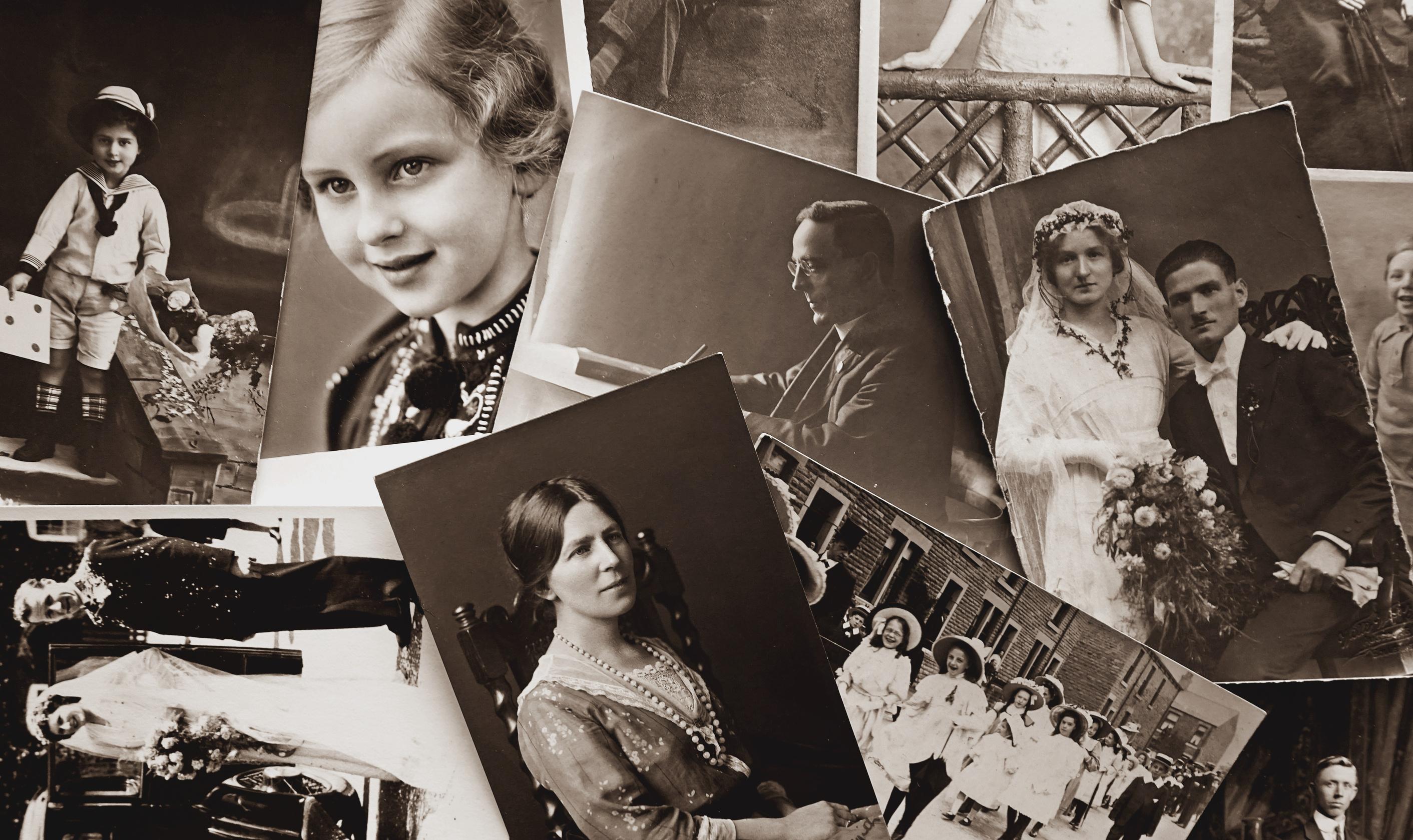
Should we condemn nations who remove their documents of genocides?
Documents of genocide provide valuable insights of what not to do by showing the horrific nature of the crime. However, they may upset certain people because of what their ancestors did or what happened to their ancestors 0% of people (Should we keep statues and other historical artefacts that honour horrific thing done in the past?
-2022) believed that these documents should be destroyed with the majority believing that they should be moved to museums to serve as a reminder of what not to do This re-affirms that people believe documents of genocides should not be removed Removing them would look like you are trying to erase a part of history and could result in these actions happening again because people could have forgotten the horrors that these events evoke Another reason they should be kept is because it can result in genocide denial Dunja Mijatovic (coe int – Opinion: Genocide denial concerns us all) states “Protecting the truth from deniers and serving justice for victims if the Srebrenica genocide is our best bet to prevent genocide from occurring again” and “Genocide denial weakens society’s ability
Further showing us that these documents are valuable to tell us what not to do and to try to prevent genocide denial This allows genocides to happen again as people will not think anything bad has happened or not notice when acts that may lead to future genocide occur allowing more genocides to happen. By removing the documentation of the genocide, you allow countries to more easily deny a genocide ever occurring in the first place which will lead to further genocides By taking action against countries who destroy their documentations of genocide you reduce the amount of genocide denial and therefore reduce the number of genocides that will happen in the future. This also would allow the countries to be more sympathetic to countries experiencing genocide and provide more aid as because they couldn’t destroy their documentation of genocides, they will understand the atrocities of it Making these documents readily available would also allow for people to be educated on the horrors of genocides which would reduce the number of them and provide more awareness for when they occur.
Should we destroy Nazi artefacts?
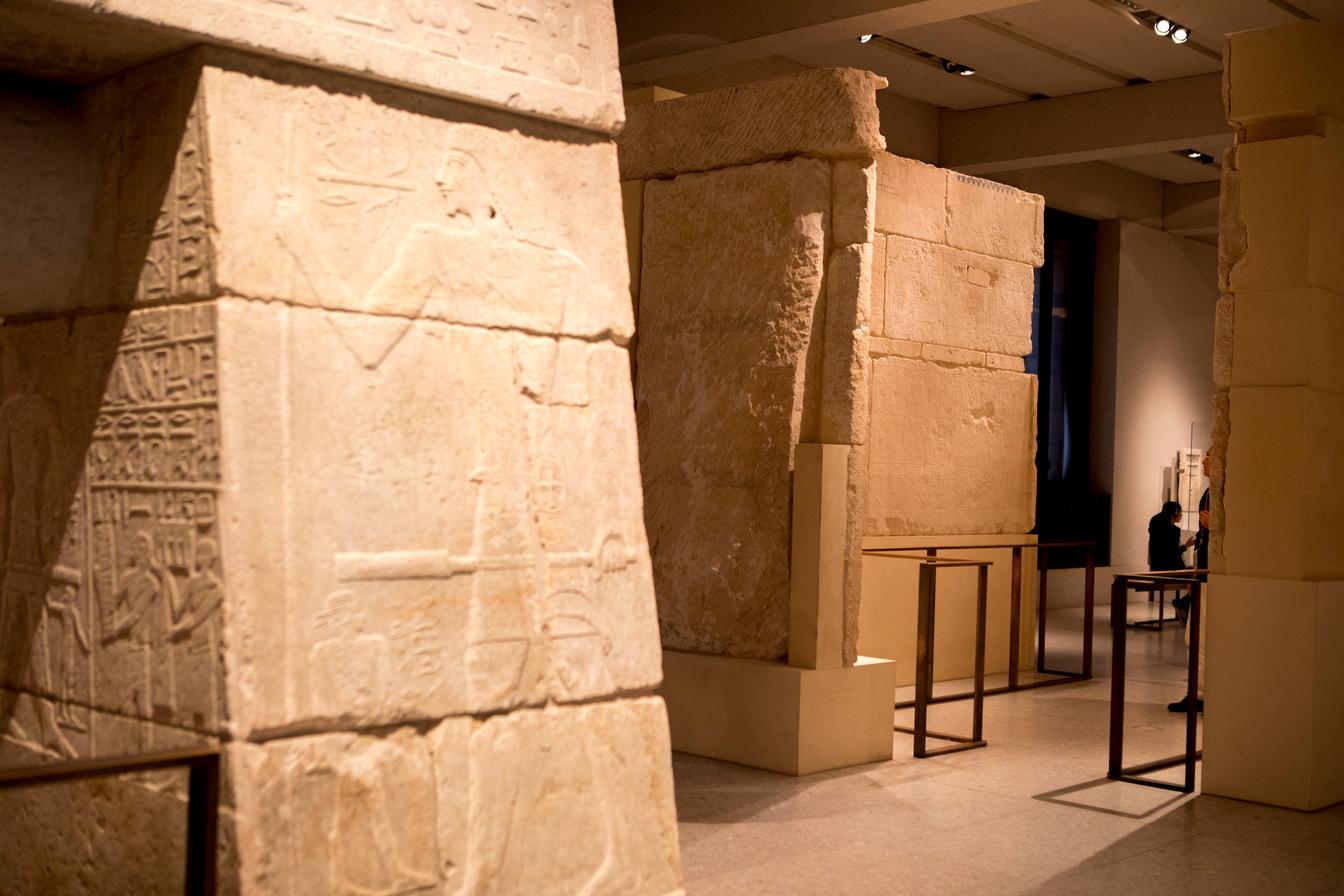
Nazi artefacts honour Hitler and the horrific things he did but removing them would allow the events to happen again as people would forget what happened and what was wrong about the Nazis’ 0% of people (Should we keep statues and other historical artefacts that honour horrific thing done in the past? -2022) said that these artefacts should be destroyed and one responder said “A grim but important reminder of previous mistakes” People believe that it is important to keep these artefacts as a reminder to future generations If you were to destroy them you would remove your reminder of these previous mistakes and would therefore allow events like the Nazis’ control to happen again as people would not know what mistake they would be making An article by David Crossland (dw com –Should Germany keep its Nazi relics?) stated “Giebel said he was surprised at how uniformed many of the visitors were about the Nazi era, especially pupils in their teens ” This shows that young people are not taught about this area of the past and that without these artefacts this era will be forgotten risking the chance of allowing it to happen again in the future Eyewitnesses of the Nazi era are now dying out and because of the younger generation being uninformed about this era even though it is taught in school it means that without this artefact to serve as a reminder the events will be quickly forgotten It is best to preserve these artefacts otherwise the same mistakes could be made again because people would have forgotten the Nazi era due to how uninformed they are
Should we keep Nazi artefacts as they are or ban the sale of them and put them in museums?
Destroying them would allow the Nazi era to be forgotten so what should happen to them instead? Doing nothing would make it seem like there is nothing wrong with these artefacts and allow people to not be properly educated on these artefacts An artefact by David Crossland (dw com –Should Germany keep its Nazi relics?) stated “When Sigrid Peters, the organist in a 1,000-year-old village church in southwestern Germany, heard that one of the church bells had a swastika and a Nazi inscription on it, she was appalled. ” People find it unnerving to have anything to do with Nazi artefacts like the church bell and don’t like the idea of having them in public even if they don’t believe they should be destroyed 90 5% of people (Should we keep statues and other historical artefacts that honour horrific thing done in the past? -2022) voted that these artefacts should be kept in museums as a warning of what not to do. One responder said “People should not be allowed to collect them. They should be kept in museums and their background should be explained to educate people” and another “I cannot see why they are available to private collectors” Further we see how people believe that they should be kept as a reminder but not be left out in the open and should be kept in museums Apart from the disturbing nature of people collecting these artefacts if you ban the sale of them, you ensure that they can be kept in places like museums where people can be properly educated on them and not be used to worship the Nazis’ On the other hand, it could be argued that they could be forgotten in museums and we have no right to take them off of people and stop them selling them However, a few should be allowed to be kept in places like schools to provide an aid to teaching students about the Nazi era. Also, all artefacts that directly honour or depict Hitler should be explained more thoroughly about and what was wrong with the things Hitler did to stop people believing he was a good person but these artefacts should not be destroyed and be kept as a reminder for future generations
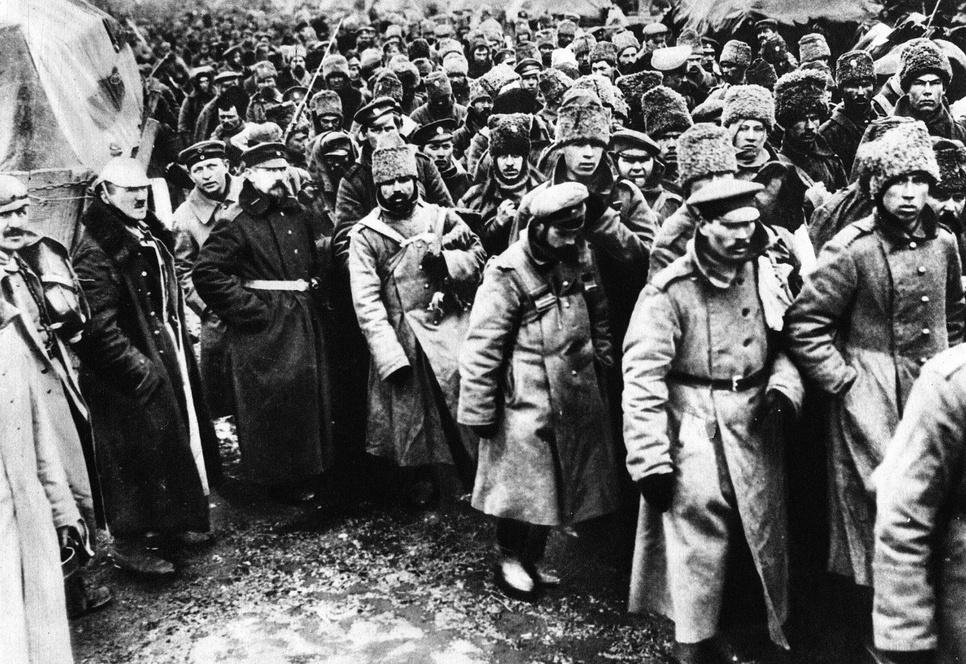
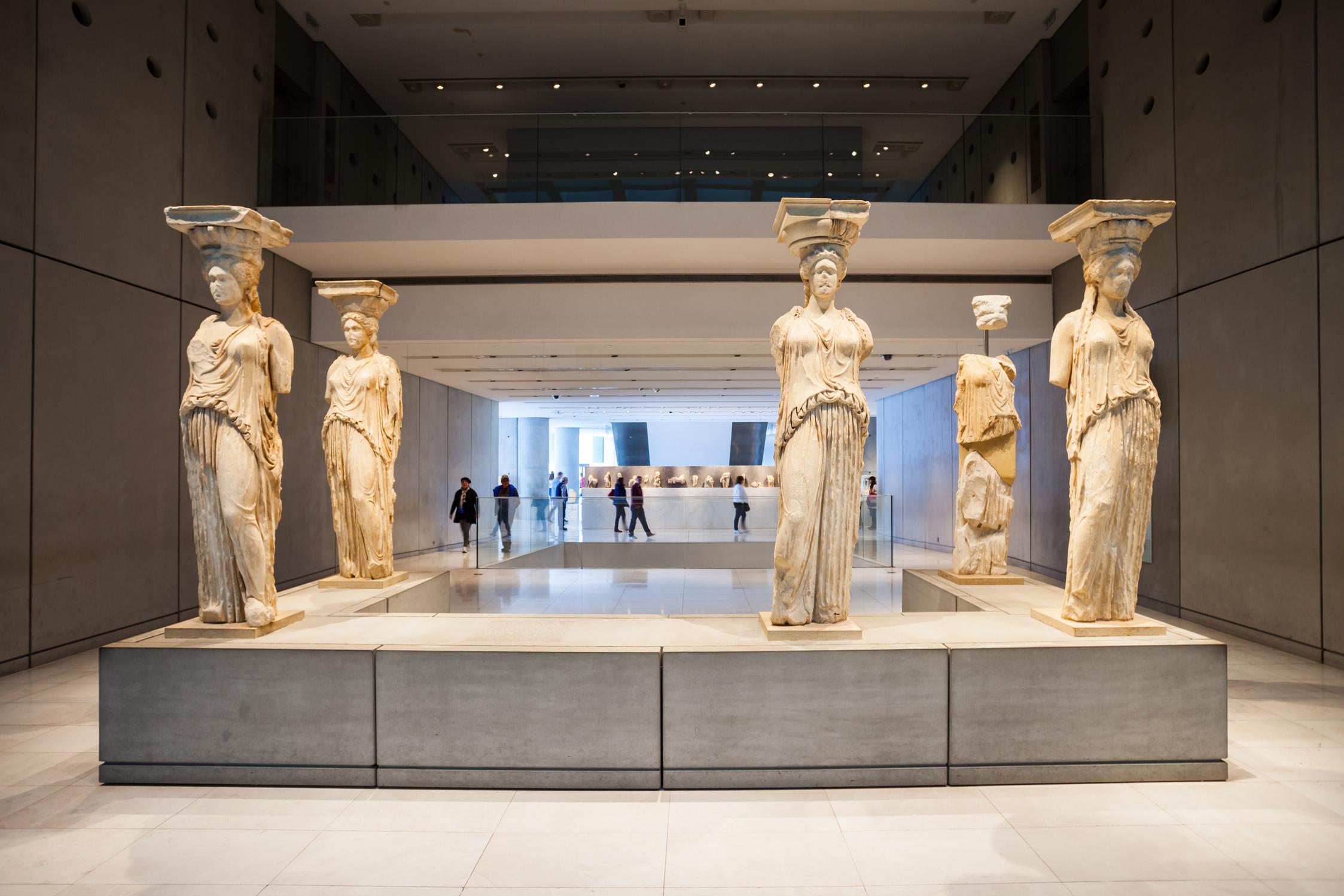
In conclusion, it is better to keep historical artefacts that honour past mistakes than to completely destroy them as they remind us of what not to do in the future However, there is no ultimate resolution as to what should happen to these artefacts as it is hard to do the right thing Statues for example can make groups of people feel unwelcome but removing them can be seen as trying to hide from the past, whilst recontextualising is very hard to do in the right way without making things worse Documents of genocides are useful to remember what not to do and if that fails what other countries should to do help in an event of a genocide So, it is useful to allow the public access to recognise when there is a genocide and to put pressure to prevent them from happening or provide aid. However, documents that glory genocides should not be kept in the public eye Nazi artefacts help to teach future generations about what was wrong about the Nazi era If they were removed the majority of what happened at that time would be forgotten with eyewitness accounts dying out However, if they should be allowed to be sold or not remains undecided. Historical artefacts are an important part of our history but where they should go remains contentious










